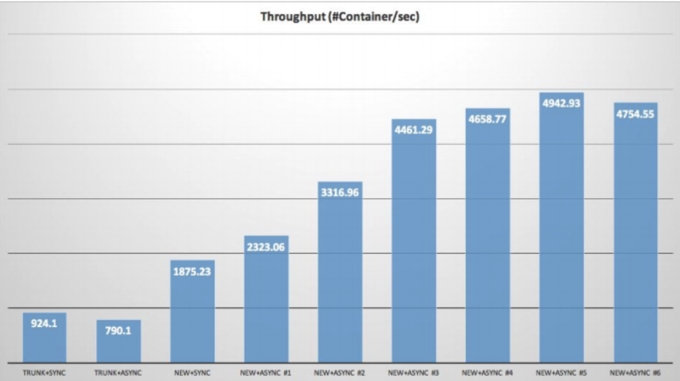Scheduler performance improvements
Provides information about Global scheduling feature and its test results.
Improvements brought by Global Scheduling Improvements (YARN-5139)
Before the changes of global scheduling, the YARN scheduler was under a monolithic lock, which was underperforming. Global scheduling largely improved the internal locking structure and the thread-model of how the YARN scheduler works. The scheduler can now decouple placement decisions and change the internal data structure. This can also enable to lookup multiple nodes at a time, which is used by auto-scaling and bin-packing policies on cloud. For more information, see the design and implementation notes.
Based on the simulation, the test result of using Global Scheduling feature shows:

This is a simulated environment which has 20000 nodes and 47000 running applications. For more information about these tests, see the performance report.
Performance test from YARN community
Microsoft published Hydra: a federated resource manager for data-center scale analytics (Carlo, et al) report which highlights the scalability (Deployed YARN to more than 250k nodes, which includes five large federated cluster, each of them having 50k nodes) and scheduling performance (each cluster’s scheduler can make more than 40k container allocation per second) by using Capacity Scheduler. This is the largest known YARN deployment in the world.
We also saw performance numbers from other companies in the community in line with what we have tested using simulators (thousands of container allocations per second for a cluster that has thousands of nodes).
Disclaimer: The performance number discussed above is related to the size of the cluster, workloads running on the cluster, queue structure, healthiness (such as node manager, disk, and network), container churns, and so on. This typically needs fine-tuning efforts for the scheduler and other cluster parameters to reach the ideal performance. This is NOT a guaranteed number which can be achieved just by using CDP.
